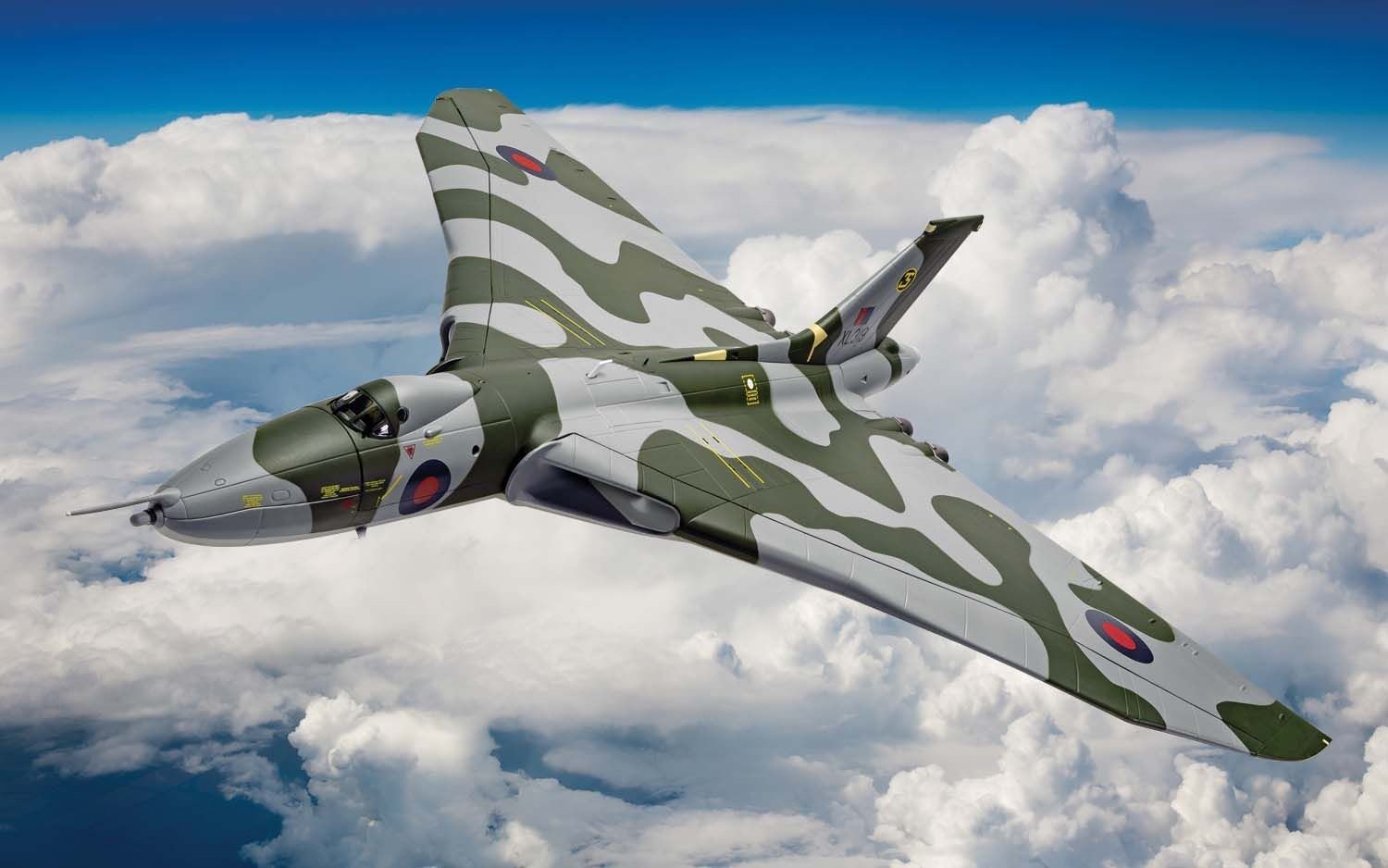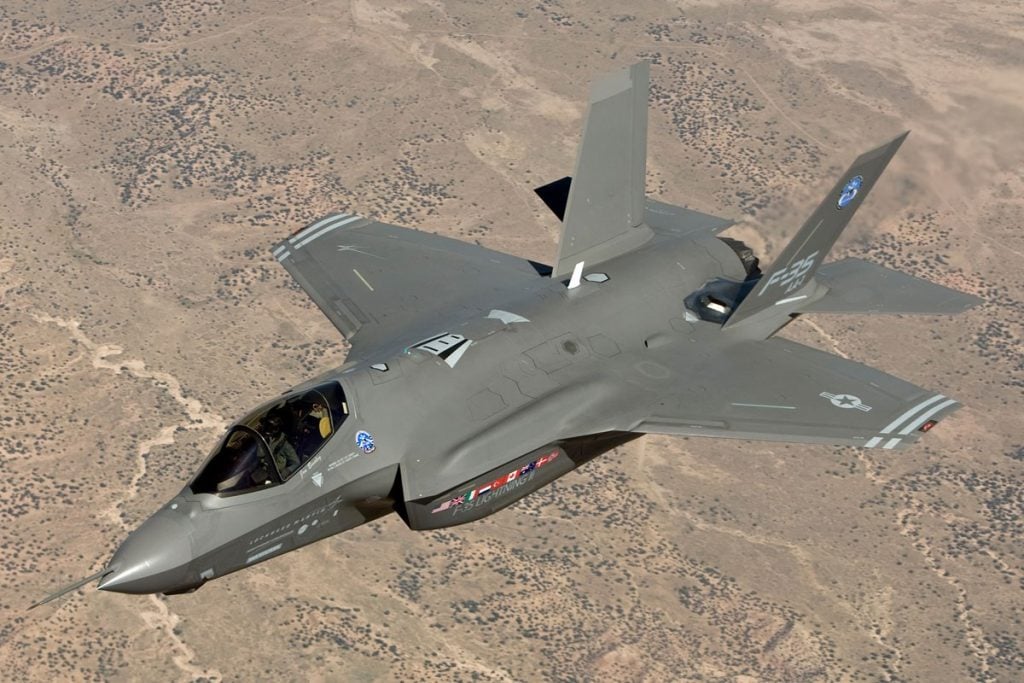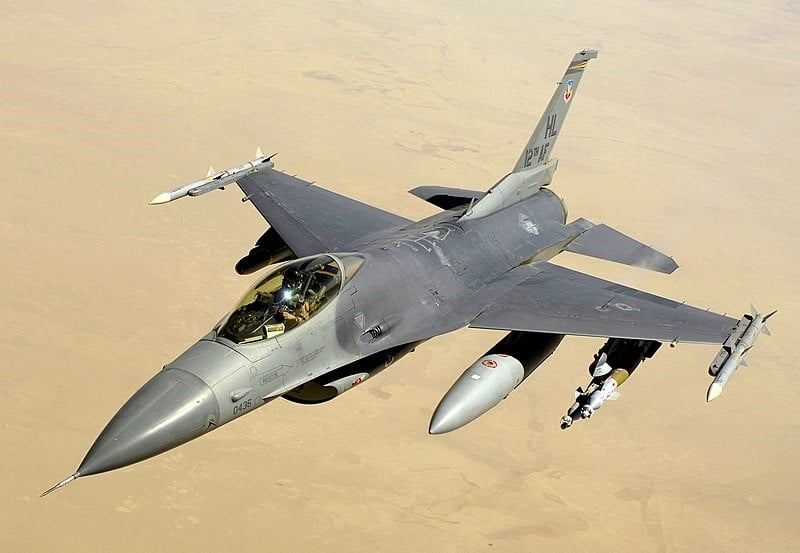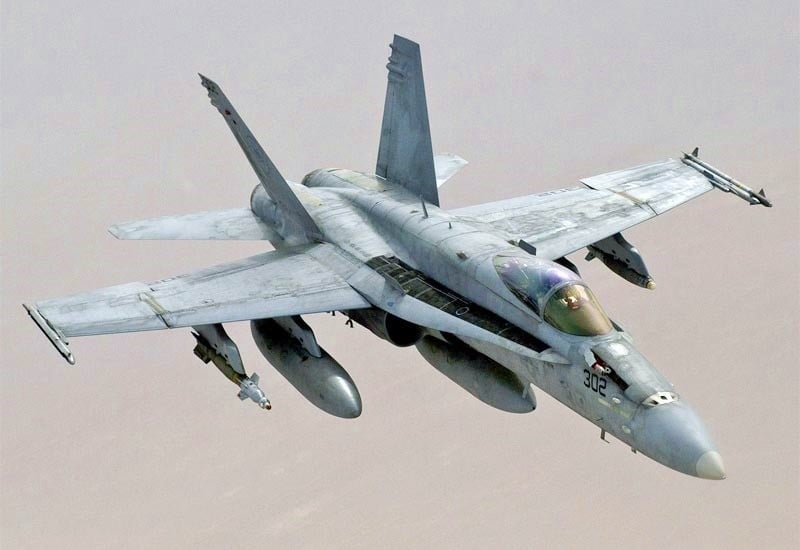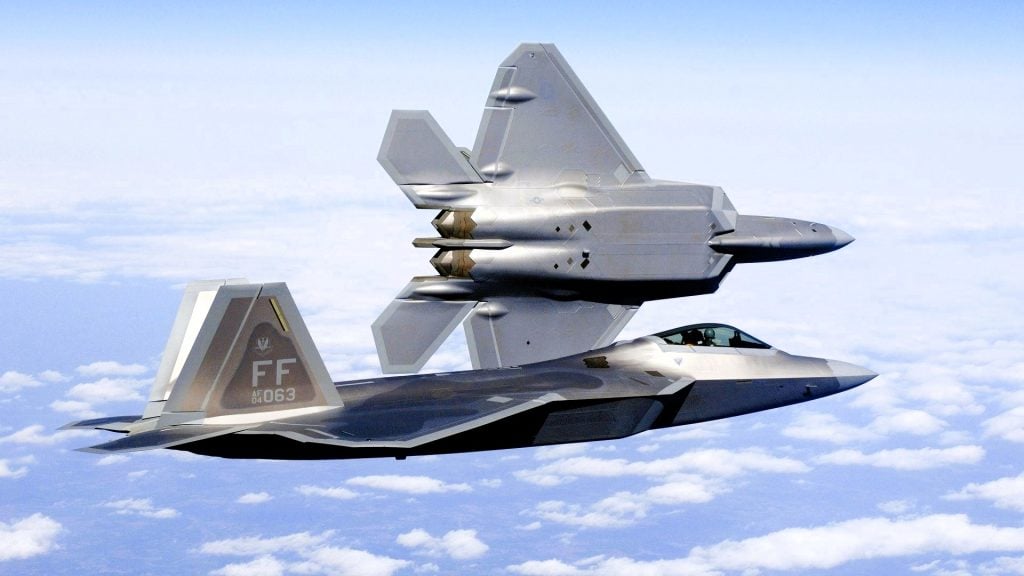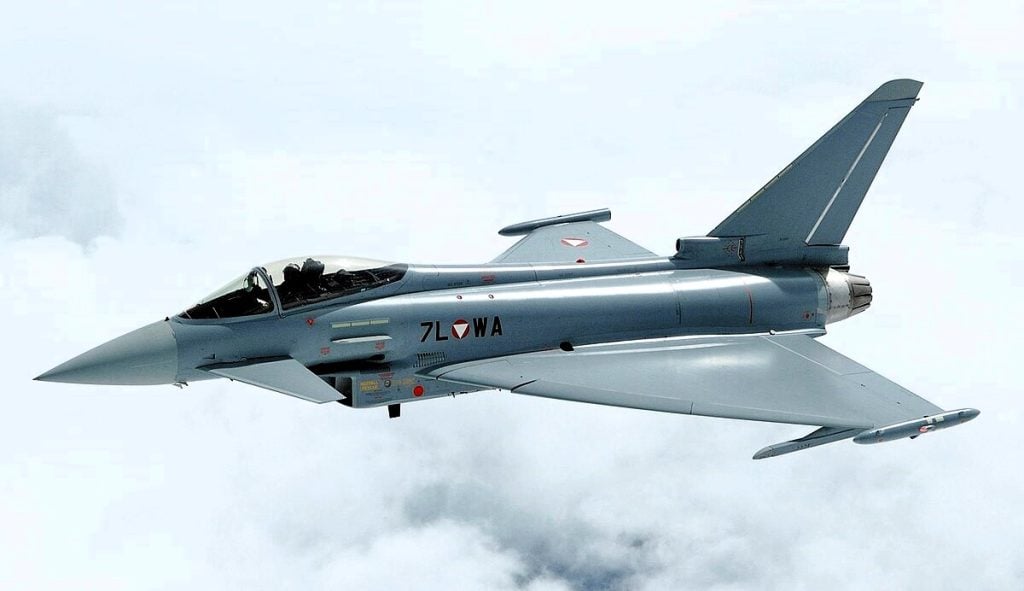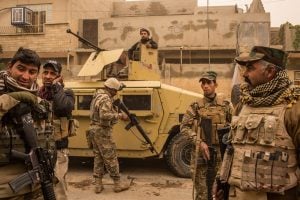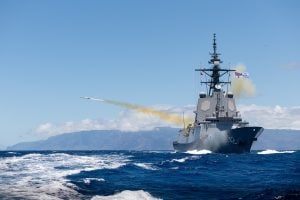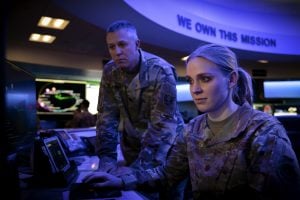In the high-stakes world of aerial combat, the fighter pilot’s helmet has evolved from a simple protective gear to a sophisticated, technologically advanced command center.
These cutting-edge helmet systems not only safeguard the pilot but also enhance their situational awareness, targeting precision, and overall combat effectiveness. Let’s explore the 5 Fighter Jets With the Coolest Helmet Technology.
6 Must-Do Exercises for Defence Aspirants’ Daily Workout
1. Lockheed Martin F-35 Lightning II
At the forefront of fighter jet helmet innovation is the Lockheed Martin F-35 Lightning II, equipped with the remarkable Generation III Helmet Mounted Display System. This next-generation system serves as the pilot’s primary display, providing unparalleled spatial orientation, precise weapon targeting, and superior tactical capabilities.
The F-35’s Bi-ocular display system offers greater combat readiness during both day and night missions, thanks to its integrated head-up display, helmet-mounted display, and visor-projected night vision capabilities. The high-performance design with an optimal center of gravity ensures maximum comfort and control for the pilot, elevating their overall combat effectiveness.
According to Collins Aerospace, the F-35 Gen III Helmet Mounted Display System’s “intuitive access to vast quantities of flight, tactical, and sensor information” delivers advanced situational awareness, precision, and safety for the pilot.
2. General Dynamics F-16 Fighting Falcon
The venerable General Dynamics F-16 Fighting Falcon is equipped with the Joint Helmet Mounted Cueing System (JHMCS), a game-changing technology that enhances pilot awareness and precision during both day and night operations.
The JHMCS provides the F-16 pilot with a 20-degree field-of-view visor-projected monocular display, allowing them to lock onto targets simply by turning their head. For night missions, the system offers advanced options such as the Night Vision Cueing Display (NVCD) QuadEye™, which boasts a 100-degree by 40-degree field of view, and the NVCD Aviator Night Vision Imaging System, with a 40-degree field of view and integrated symbology or video.
As Collins Aerospace notes, the JHMCS “incorporates a highly accurate magnetic tracking system, providing the pilot full situational awareness throughout the canopy field-of-regard.” This cutting-edge helmet technology has been a vital asset for the F-16’s long-standing role in Suppression of Enemy Air Defenses (SEAD) missions.
How to Become a Doctor in Indian Army?
3. Boeing F/A-18E/F Super Hornet
The carrier-based Boeing F/A-18E/F Super Hornet also benefits from the advanced Joint Helmet Mounted Cueing System (JHMCS). This modular helmet display allows for seamless integration of day and night capabilities, ensuring optimal performance in a wide range of combat scenarios.
The JHMCS on the Super Hornet features an integrated line-of-sight cueing, debrief camera, and left and right upper reticles (puppers), all of which contribute to enhanced handling and navigation of the aircraft. The system’s lightweight design with a balanced center of gravity ensures the pilot’s comfort and safety, even during high-stress maneuvers.
According to Collins Aerospace, the JHMCS “provides the pilot full situational awareness throughout the canopy field-of-regard,” a critical advantage for the Super Hornet’s operations from aircraft carriers.
4. Lockheed Martin F-22 Raptor
The Lockheed Martin F-22 Raptor, the premier air superiority fighter of the United States Air Force, is equipped with an advanced helmet-mounted cueing system. While the specifics of this system have not been widely publicized, the Air Force has reported that engineers are currently testing a lighter, cooler, and more readily equipped helmet design.
The new ergonomically designed helmet system aims to address the long-term health concerns of fighter pilots, who often suffer from neck and back issues due to the weight and discomfort of traditional helmet systems. Major Brett Gedman of the 301st unit at the Air Force states, “It is common knowledge fighter pilots have long-term neck and back issues. Therefore, having a lightweight helmet designed with the operator in mind will have positive long-term impacts on the health of our fighter pilots during and after service.”
5. Eurofighter Typhoon
The Eurofighter Typhoon, a multinational collaborative effort, boasts the impressive Striker Helmet Mounted Display System, which allows pilots to “see” through the aircraft. This advanced helmet and support system enable precise decision-making and a higher degree of situational awareness, giving Typhoon pilots a significant advantage in air combat.
The Striker Helmet’s capabilities include the ability to detect enemy aircraft hidden from the pilot’s view, lock onto targets by voice command, and prioritize targets before engaging weapons. According to Mark Bowman, the Chief Test Pilot of BAE Systems, “This is a major advance in terms of combat capability and is something that gives Typhoon pilots a significant advantage when it comes to air combat.”
The Eurofighter Typhoon’s Helmet Mounted Symbology System is a testament to the continuous evolution of fighter jet technology, ensuring that pilots remain at the forefront of aerial dominance.
10 Ways to Build Army Officer Like Personality
Conclusion
The fighter pilot’s helmet has evolved from a simple protective gear to a highly sophisticated command center, seamlessly integrating advanced technologies that enhance the pilot’s situational awareness, targeting precision, and overall combat effectiveness. From the Lockheed Martin F-35 Lightning II’s visionary Bi-ocular display system to the Eurofighter Typhoon’s Striker Helmet Mounted Display System, these cutting-edge helmet technologies are redefining the boundaries of aerial combat. As the arms race in the skies continues, the evolution of fighter jet helmet systems will undoubtedly play a pivotal role in shaping the future of air superiority.
FAQs
1. Which is the world’s best fighter jet?
The US Air Force’s Lockheed Martin F-22 Raptor stealth fighter has received a significant upgrade as it approaches nearly 30 years of front-line service and eventual retirement. While the F-22 remains the most advanced and formidable fighter in the world, it does have its vulnerabilities.
2. Which is better, F-22 or F-35?
The F-35 serves as a “quarterback” in the skies, capable of sharing information with naval and ground units on the same secure, classified networks. In contrast, the F-22 excels as a superior “dogfighting aircraft,” offering greater agility and a larger weapons capacity.
3. Does India have 5th generation fighter jets?
India’s fifth-generation fighter project, the Advanced Medium Combat Aircraft (AMCA), is gaining momentum. The first aircraft is anticipated to come off the production line by 2034, around the time China might be gearing up to introduce its sixth-generation fighter.
4. Is Rafale better than F 16?
Yes, the Rafale outperforms the F-16. It boasts a higher thrust-to-weight ratio and superior maneuverability compared to the F-16. Additionally, the Rafale can carry heavier payloads and its canard design provides it with advantages in flight where the F-16 may fall short.
5. What is the newest fighter jet?
The F-35A is the newest fifth-generation fighter jet in the U.S. Air Force.
